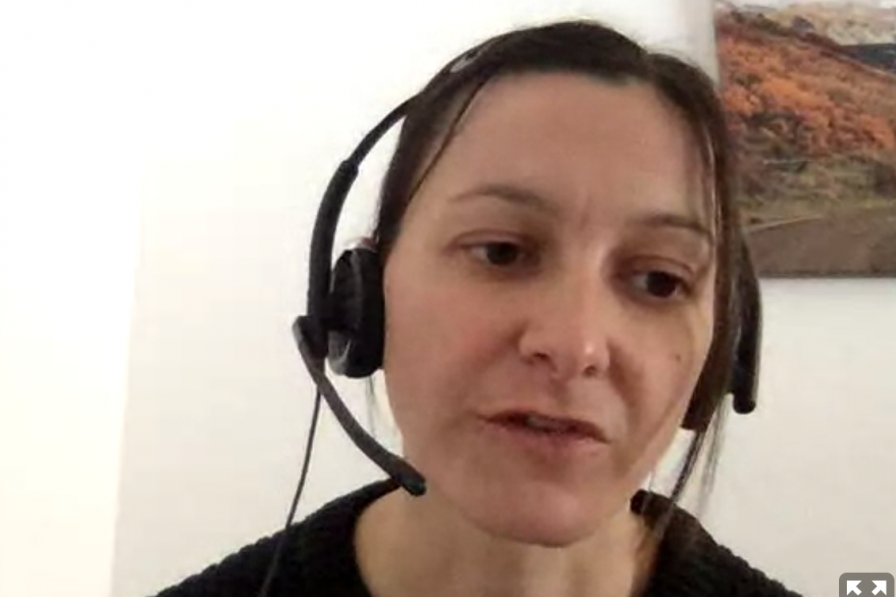By the end of its work on Thursday, the Persistent Organic Pollutants (POPs) Review Committee completed a first review of all the substantive issues on its agenda. Members agreed to devote Friday to a members-only drafting group on UV-328, and to a contact group (open to both members and observers) on Dechlorane Plus. Participants will reconvene in plenary on Saturday to conclude their work.
During the morning plenary session, delegates worked through a range of issues, with the most contentious discussions focusing on the Committee’s review of an indicative list of substances covered by the Convention’s listing of perfluorooctanoic acid (PFOA), its salts and PFOA-related compounds. For many parties, the amendment adding this substance to the Convention entered into force in December 2020. Defining these substances is an ongoing challenge with significant implications for parties charged with implementing their obligations under the Convention, as well as for producers and users of closely-related compounds.
In the contact group on the Swiss proposal to list UV-328 in Annex A of the Stockholm Convention, delegates examined the annex to the draft decision prepared by the Secretariat on the basis of Monday’s discussions. This annex relays the Committee’s conclusions as to whether the proposal to list this plastic stabilizer satisfies each of the Annex D screening criteria: persistence, bioaccumulation, adverse effects, and potential for long-range environmental transport. Each section of the document lays out the key evidence the Committee is taking into account and ends with a judgment as to whether there is sufficient evidence that UV-328 meets each criterion.
While there was broad agreement that UV-328 meets the criteria for persistence, bioaccumulation and adverse effects, participants remained divided as to whether UV-328 meets the criteria for long-range environmental transport. A key sticking point is whether transport of chemicals via microplastics constitutes long-range environmental transport. Members and observers expressed a wide range of views on this issue, with some emphasizing that this pathway is already covered under the Convention and others arguing that this opens up an entirely new set of issues that must be carefully researched and justified. One member underscored that moving UV-328 to the next stage of review will allow for more thorough investigation of these issues, and, as has happened with past reviews of potential POPs, may even trigger additional research that can inform decision-making. Others, however, were hesitant to advance the substance without first gathering more data on this complex and consequential issue.




